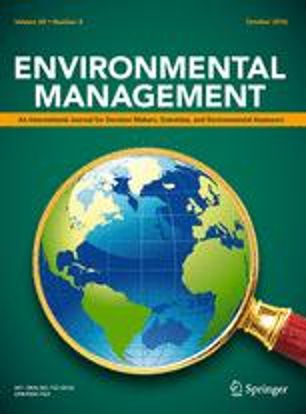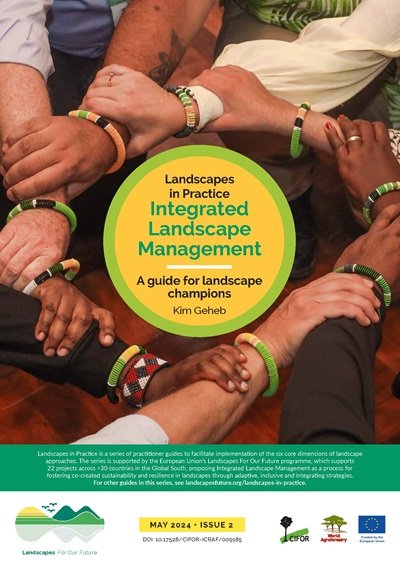Land-use change continues at an alarming rate in sub-Saharan Africa adversely affecting ecosystem services provided by soil. These impacts are greatly understudied, especially in biodiversity rich mountains in East Africa. The objectives of this study were to: conduct a biophysical baseline of soil and land health; assess the effects of cultivation on soil organic carbon (SOC); and develop a map of SOC at high resolution to enable farm-scale targeting of management interventions. Biophysical field surveys were conducted in a 100 km2 landscape near Lushoto, Tanzania, with composite soil samples collected from 160 sampling plots. Soil erosion prevalence was scored, trees were counted, and current and historic land use was recorded at each plot. The results of the study showed a decline in SOC as a result of cultivation, with cultivated plots (n = 105) having mean topsoil OC of 30.6 g kg1, while semi-natural plots (n = 55) had 71 g OC kg1 in topsoil. Cultivated areas were also less variable in SOC than semi-natural systems. Prediction models were developed for the mapping of SOC based on RapidEye remote sensing data for January 2014, with good model performance (RMSEPcal = 8.0 g kg1; RMSEPval = 10.5 g kg1) and a SOC map was generated for the study. Interventions will need to focus on practices that increase SOC in order to enhance productivity and resilience of the farming system, in general. The high-resolution maps can be used to spatially target interventions as well as for monitoring of changes in SOC. © 2015, The Author(s).
DOI:
https://doi.org/10.1007/s10705-015-9750-1
Altmetric score:
Dimensions Citation Count:

Publication year
2022
Authors
Winowiecki, L.A.; Vågen, T-G.; Massawe, B.; Jelinski, N.A.; Lyamchai, C.; Sayula, G.; Msoka, E.
Language
English
Keywords
soil organic carbon, soil erosion, farming system, land management, soil quality, soil, land use change
Geographic
Tanzania























